Most food books are cookbooks, but there are others that are about food, not cooking. I get a good deal of pleasure in reading about food or enjoying a book where food plays a major role. Stepping back from cooking and recipes gives a broader perspective and, for me, enhances all my eating experiences. Wine writers too, continue to expound about their interests and update us on the latest trends.
Here are a few food and wine-centric books I’ve enjoyed lately:
The Diamond Caper by Peter Mayle
Mayle is an expat Englishman who fled the dreary climate of London for the sunny south of France and has been writing about it ever since. His first book, the hugely successful A Year in Provence, was based on the travails of moving to France, adapting to the culture, renovating a house, and finding friends.
Lately, he’s turned to fiction, writing a series of Caper books. The most recent, The Diamond Caper, is set in and around Marseilles on France’s Mediterranean coast. It’s a detective yarn about a jewel thief pursued by an American insurance investigator and her fixer boyfriend who straddles the blurry line between tediously legal and elegantly crooked.
But the book is really about the good life in Provence. Our heroes live with their millionaire friend on a large estate with a personal chef. The book begins with the crime and ends, predictably, with the villain’s capture. But in between, they mostly go to lunch at very good restaurants and drink wine. Every chapter seems to involve a stylish repast, a bottle of rosé, and an incremental advancement of the story. Occasionally for variety, they stay at a very nice hotel or enjoy a lunch on the terrace of their host’s villa cooked by his chef, Alphonse.
Although pretty silly, the book is a charming escape to the south of France, ideal for a mid-winter read. The perfect climate, delicious wine, great food, and the lifestyle of the rich are like a vacation from our gray snow and frozen ground. I wish that they had taken longer to solve the crime, so I could have been included in a few more of their leisurely seaside lunches.
Best Food Writing of 2015 edited by Holly Hughes
Food writing in magazines, newspapers, and on blogs has exploded in recent years. An anthology is the answer to this bountiful smorgasbord of material.
The Best Food Writing series has been going on for some years now. The latest edition usually finds its way into my Christmas stocking. There’s no way I can keep up with today’s hundreds of food writing outlets. Fortunately, Hughes culls through them and presents an eclectic selection of her favorites. Humorous, serious, personal, or on public policy, all are engaging, informative, and comfortably brief. Feel free to open it at random and dip in for a few entertaining minutes. I keep mine on the bedside table
The Hungry Ear, Poems of Food and Drink edited by Kevin Young
Poets have always examined the human condition from the perspective of the table. This essential anthology of food poetry can be kept by the dinner table for a quick meal-time poetry fix or beside the bed for a poem to feed your dreams.
The menu of chapter headings includes topics like: First Harvest; Churning and Preserving; Meat and Potatoes; Pig Out; Down the Hatch; Dinner for Two; and Forbidden Fruit. The hundreds of poets selected include Elizabeth Alexander, Billy Collins, Robert Frost, Allen Ginsberg, Langston Hughes, Sharon Olds, Mary Oliver, and Gertrude Stein. Some will make you smile, and some will make you sad. Whether you get hungry or have a sharp recollection, I’m sure you’ll find pleasure and fun in this collection.
Wine Folly the essential guide to wine by Madeline Puckett and Justin Hammack
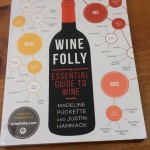 Another book about wine? Who needs it? What’s left to be said? We already have learned tomes, beginner’s guides, in-depth analyses and glossy photo books. Yet this book, which covers the basics, has a unique approach. Graphics-driven, the text is concise and minimal, making room for clear illustrations, informative charts, diagrams of flavor pairings, and elaborate maps of wine relationships.
Another book about wine? Who needs it? What’s left to be said? We already have learned tomes, beginner’s guides, in-depth analyses and glossy photo books. Yet this book, which covers the basics, has a unique approach. Graphics-driven, the text is concise and minimal, making room for clear illustrations, informative charts, diagrams of flavor pairings, and elaborate maps of wine relationships.
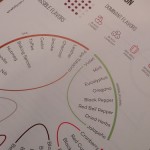 If you’re a visual learner like me, this handy book will be a basic guide to your everyday wine drinking. A glance at the double page spread for any wine type will clue you in on its typical flavors as well as likely secondary tastes, where it grows, the wine’s history, and common wine making styles. It’s a quick and helpful leg up in unfamiliar territory. Organized by fundamentals, styles of wine, and wine regions, the book’s clear presentation and crisp writing are ideal for quick reference.
If you’re a visual learner like me, this handy book will be a basic guide to your everyday wine drinking. A glance at the double page spread for any wine type will clue you in on its typical flavors as well as likely secondary tastes, where it grows, the wine’s history, and common wine making styles. It’s a quick and helpful leg up in unfamiliar territory. Organized by fundamentals, styles of wine, and wine regions, the book’s clear presentation and crisp writing are ideal for quick reference.
Reading about food and wine adds a little relish to my life at the table. I’m always eager to hear another opinion, get a little history, or learn something new. I just ordered a new book titled, New England Pie, history under a crust. Sounds like fun to me. I’ll let you know how it was.







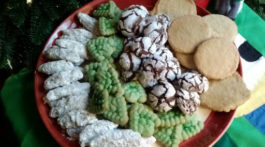
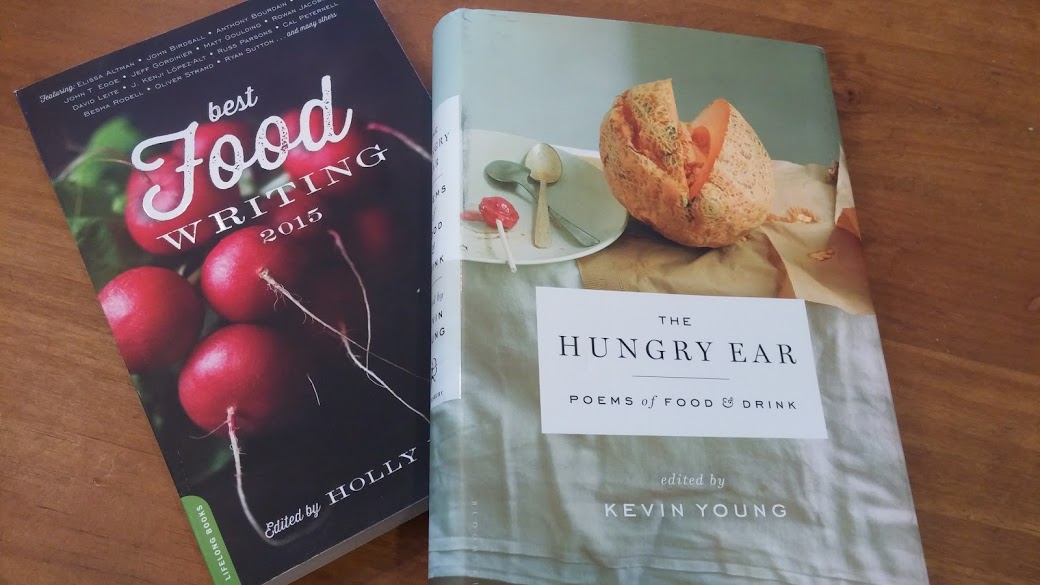
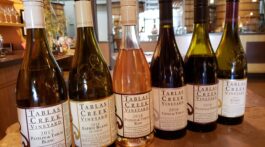
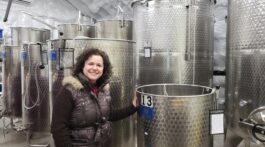

This put Mayle on my reading list. I haven’t read any of this Caper series, or anything at all of his for a few years, but I always enjoy your appraisal of his writing as a means to discuss great meals. We gave the Wine Folly book as a gift to Johnny’s brother Marc, a wine enthusiast, at Christmas and he’s had many good things to say. I like its visual style as well!